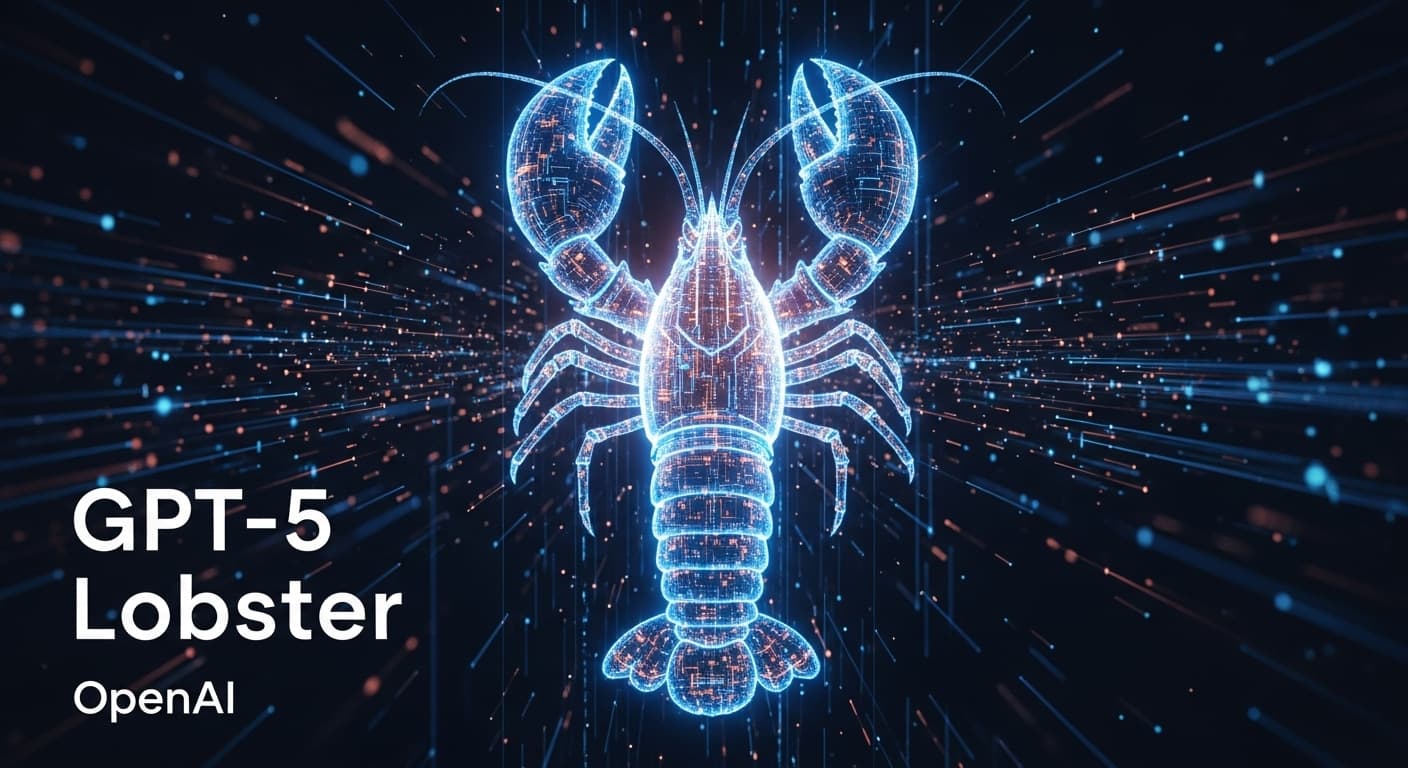
ByteDance Quietly Launches Seedance 1.0, Surprises Industry with Top Rankings
ByteDance, the Chinese tech giant behind TikTok, has quietly unveiled its new AI video generation model: Seedance 1.0.
Despite the lack of major media coverage, the model quickly rose to prominence, securing top spots on independent leaderboards in both text-to-video and image-to-video benchmarks. This rapid recognition positions Seedance 1.0 as a serious competitor to well-known models like Google’s Veo 3 and OpenAI’s Sora.
Advanced Capabilities and Remarkable Speed
According to official research papers and announcements from ByteDance, Seedance 1.0 was built to generate high-definition videos, supporting multi-shot compositions within a single clip—all while maintaining fast inference speed and precise adherence to user prompts.
The model architecture separates spatial and temporal layers and incorporates multi-modal, interleaved positional encoding.
This allows it to learn both text-to-video and image-to-video tasks under a unified framework. More importantly, it can generate videos with multiple shots and seamless transitions, keeping the visual elements consistent throughout.
Performance-wise, Seedance 1.0 stands out for its speed and efficiency. ByteDance reports that the model can create a five-second, 1080p video in just 41.4 seconds using a single NVIDIA L20 GPU. This speed, they claim, surpasses many rival models.
In addition to faster generation, ByteDance also noted improvements in latency and cost efficiency, making the model more suitable for real-time or near-real-time applications.
Seedance 1.0 didn’t just impress on paper. It also ranked first on the Artificial Analysis Video Arena leaderboard, outperforming other leading models like MiniMax Hailuo 02 and Google Veo 3.

What Sets Seedance 1.0 Apart?
A major factor behind Seedance 1.0’s strong performance lies in ByteDance’s proprietary data pipeline.
The company compiled a large, diverse dataset featuring bilingual annotations and detailed motion descriptors, emphasizing labeling accuracy to improve prompt alignment during generation.
This data strategy is paired with a novel reinforcement learning setup. The system uses three separate reward models, each focused on core alignment, motion quality, and aesthetic value.
In comparative evaluations, including the newly introduced SeedVideoBench benchmark (developed with input from filmmakers), Seedance 1.0 showed superior performance in prompt-following and motion realism.
When tested on image-to-video tasks, the model preserved visual coherence from the input frame more effectively than competing models, which occasionally introduced inconsistencies in lighting and texture.
More Than Just Realism
Reports highlighted Seedance 1.0’s ability to handle complex scene transitions and tell multi-shot visual stories while maintaining character consistency.
The model also interprets a wide range of artistic styles accurately, from photorealism to cyberpunk and illustration-based textures—even including felt-like rendering.
However, despite its advanced visual output, Seedance 1.0 currently lacks audio generation support—a feature available in some competing tools, such as Veo 3, which introduced synchronized audio alongside video.
ByteDance plans to integrate Seedance 1.0 into its platforms like Doubao and Jimeng starting in June 2025. The aim is to turn the model into a central creative tool for enhancing professional workflows and day-to-day content creation.









